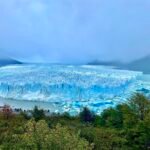Overview of Taiwan
The beautiful and prosperous island of Taiwan is rich in natural resources. It’s one of the few tropical “islands of high mountains” in the world. Except for the plains along the west coast, about two-thirds of the island is covered by rugged mountains. Taiwan’s five major mountain ranges—Central Mountain Range, Yushan Range, Coastal Mountain Range, and more—make up what’s known as the “Roof of Taiwan,” with the highest peak reaching 3,952 meters (about 12,966 feet).
Although Taiwan isn’t a big island, its natural beauty and cultural heritage are impressive. The landscape is incredibly diverse, with mountains, hills, plains, basins, islands, valleys, and coastlines. The Tropic of Cancer passes through the island, giving Taiwan a mix of tropical, subtropical, and temperate climates. This has led to a unique and diverse ecosystem, with over 20% of its 18,400 species of wildlife being endemic, including the Formosan landlocked salmon, Formosan macaque, Formosan black bear, and the Swinhoe’s pheasant. All these make Taiwan a key spot for conservation efforts globally.
When you’re in Taiwan, you can explore the breathtaking cliffs and gorges of Taroko National Park, hop on a mountain railway train to witness the sunrise and sea of clouds at Alishan, or climb Northeast Asia’s tallest peak, Yushan, to experience its ever-changing natural beauty throughout the seasons. The seaside paradise of Kenting, known as the “Hawaii of Asia,” offers a laid-back beach vibe that’s perfect for a relaxing getaway, while the stunning scenery of Sun Moon Lake, where mountains meet water, will leave you in awe.
Culturally, Taiwan is a melting pot of various ethnic groups, including the Minnan, Hakka, mainland Chinese, and indigenous tribes. This blend creates a rich and colorful cultural experience, reflected in everything from religion and architecture to language, customs, and especially food. Taiwan is a food lover’s paradise, offering a diverse culinary scene: from traditional Taiwanese, Hakka, and mainland Chinese cuisine to Japanese, Korean, and Southeast Asian flavors. Street food and local delicacies are also a big part of the island’s vibrant food culture, presenting a true feast for the senses.
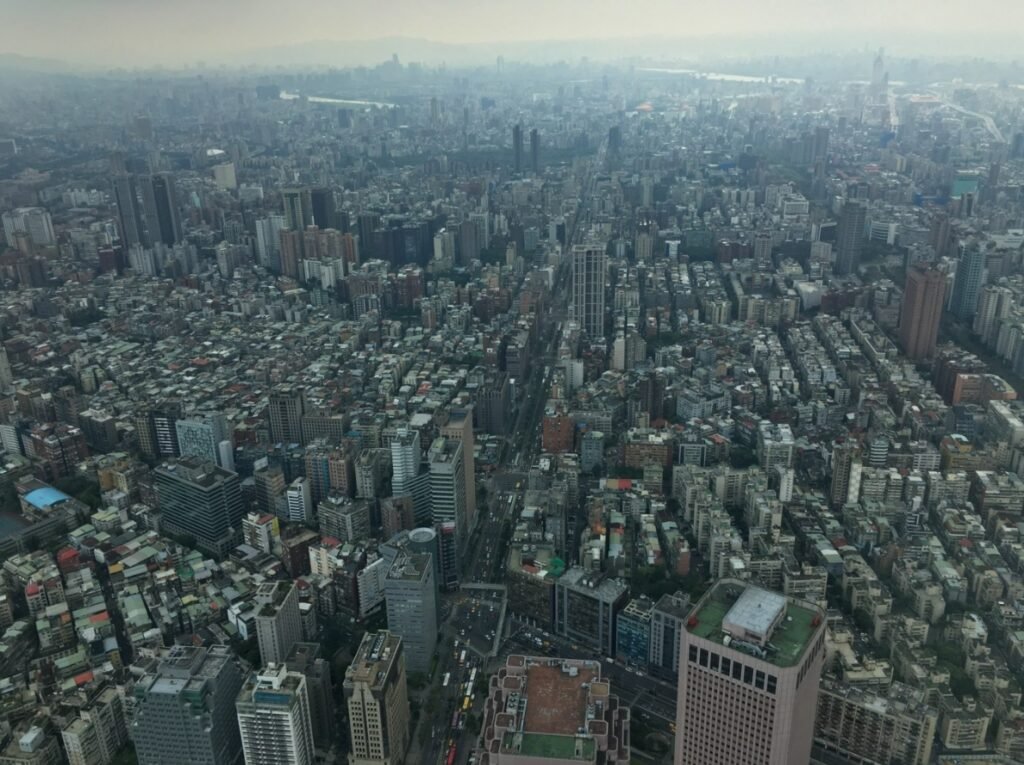
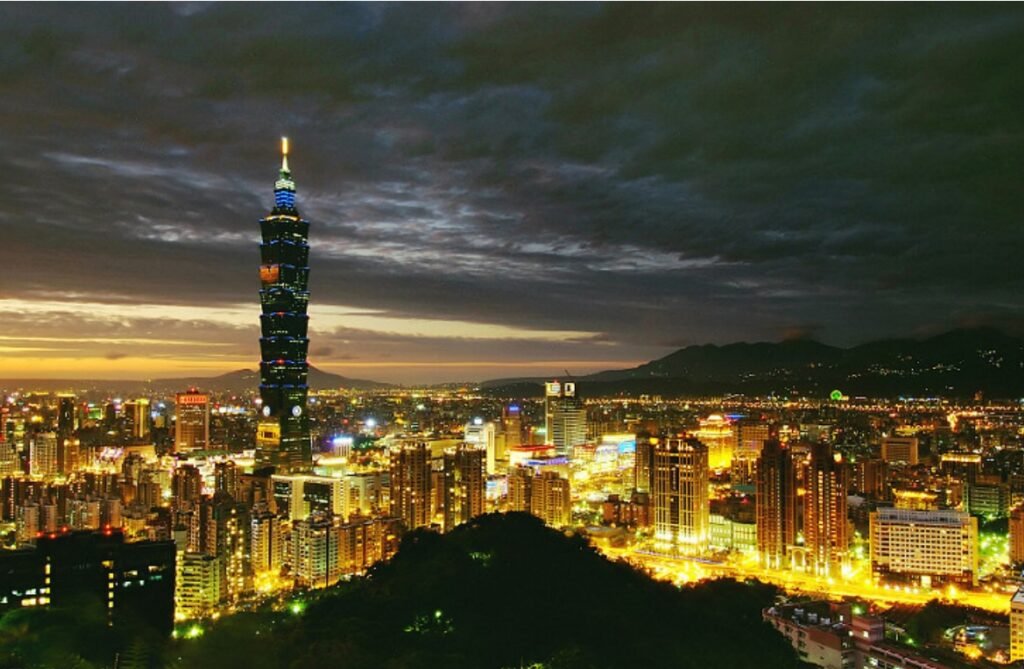
Highly Recommended Spots
Alishan
The stunning beauty of Alishan has long been renowned. With its cool, mild climate even during the height of summer and lush, green forests, it’s the perfect getaway for anyone looking to escape the heat. Alishan is without a doubt one of the best summer retreats in Taiwan.
Sun Moon Lake
As the largest natural lake in Taiwan, Sun Moon Lake is also one of the island’s famous high-altitude lakes. Surrounded by mountains, the lake’s clear blue waters and the small, pearl-like island at its center create a breathtaking view of “emerald hills embracing jade water, and a bright lake cradling a green gem.”
Kenting National Park
Kenting boasts the most beautiful sea views in Taiwan, located at the island’s southernmost tip. On one side lies the Pacific Ocean and on the other, the Taiwan Strait. The strong vacation vibe, with its laid-back ocean atmosphere, makes it an ideal place to relax and unwind.
Taroko Gorge
With towering mountains that stretch into the clouds, deep and mysterious gorges, winding rivers, and cascading waterfalls, Taroko Gorge offers some of the most spectacular and unique scenery in Taiwan.
Taipei National Palace Museum
The Taipei National Palace Museum houses a collection of over 700,000 rare and valuable artifacts spanning from the Song to Qing dynasties, collected by emperors over the centuries. Some of the most famous pieces include the Mao Gong Ding from the Western Zhou dynasty, the San Shi Pan, and jade treasures like the Jadeite Cabbage and intricate bixie carvings. Masterpieces from renowned calligraphers like Wang Xizhi, Yan Zhenqing, and Emperor Huizong of Song can also be found here. One particularly mind-blowing exhibit is the inspiration behind the famous literary work, The Story of the Stone Boat—a tiny boat carved on a peach pit. Inside the boat, eight intricately detailed figures are depicted, each with distinct expressions, and on a mere square centimeter of the boat’s bottom, over 400 characters of the Red Cliff Ode are inscribed. It’s said that, with such an extensive collection, it would take a person nearly 30 years to see everything in the museum!
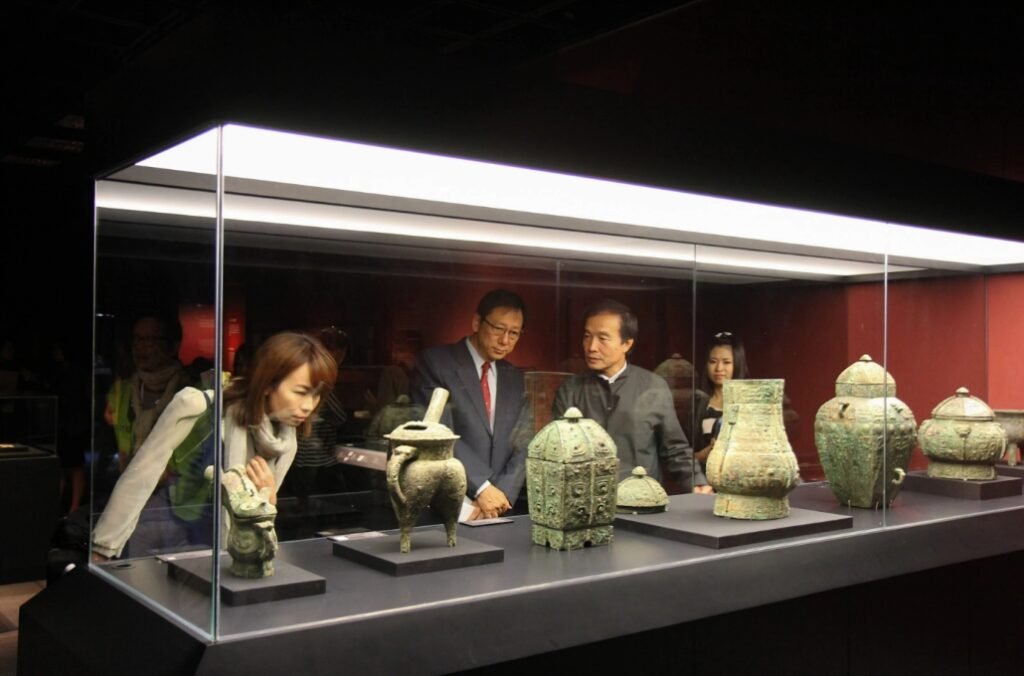

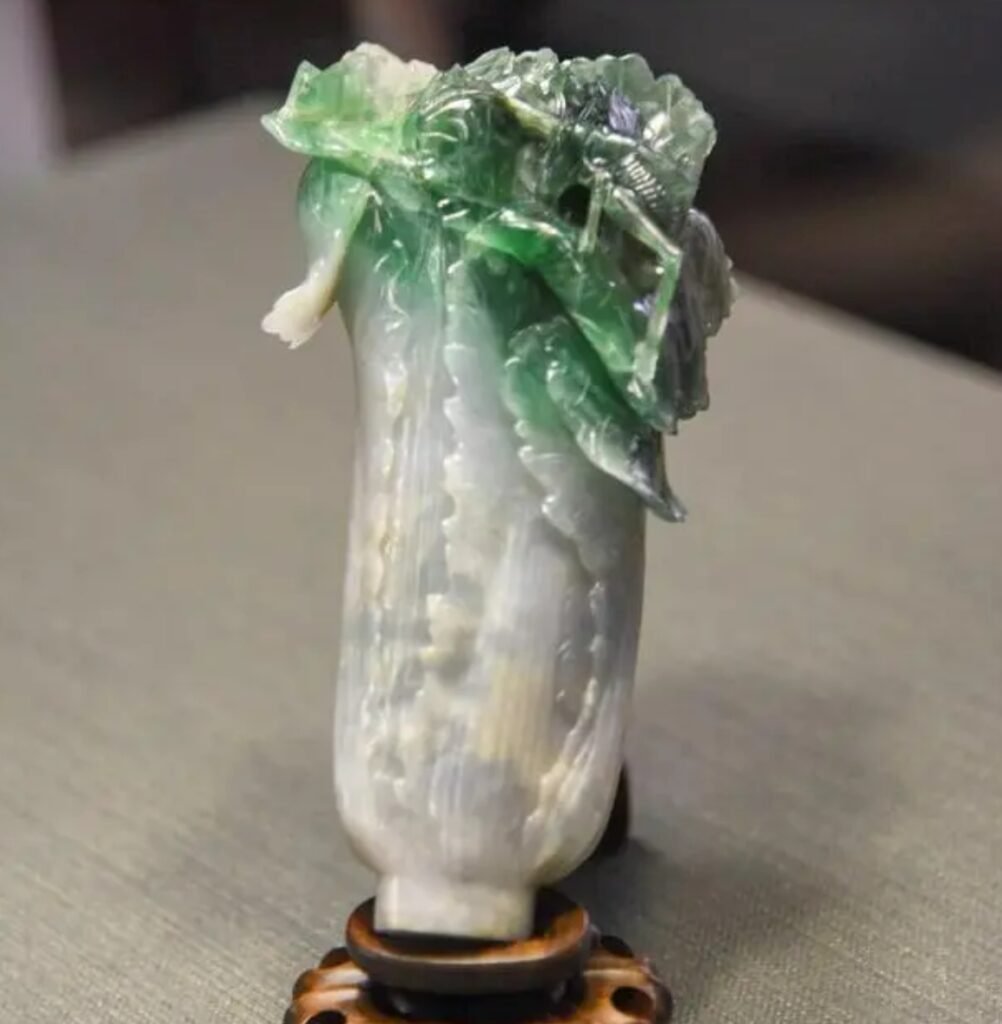
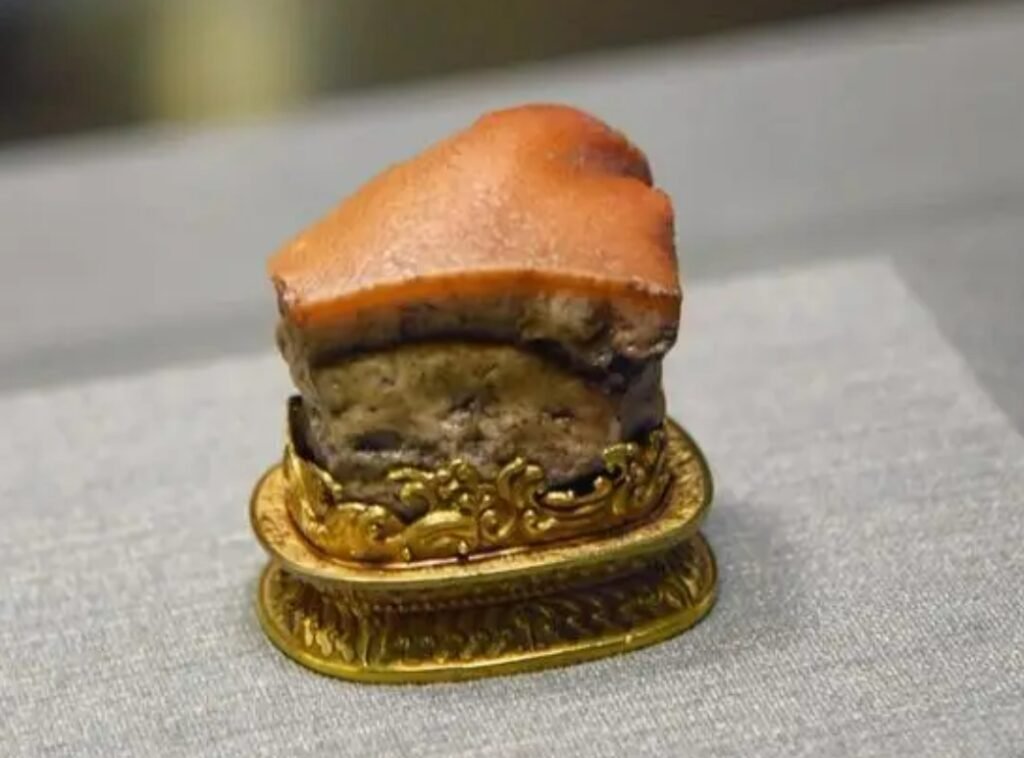
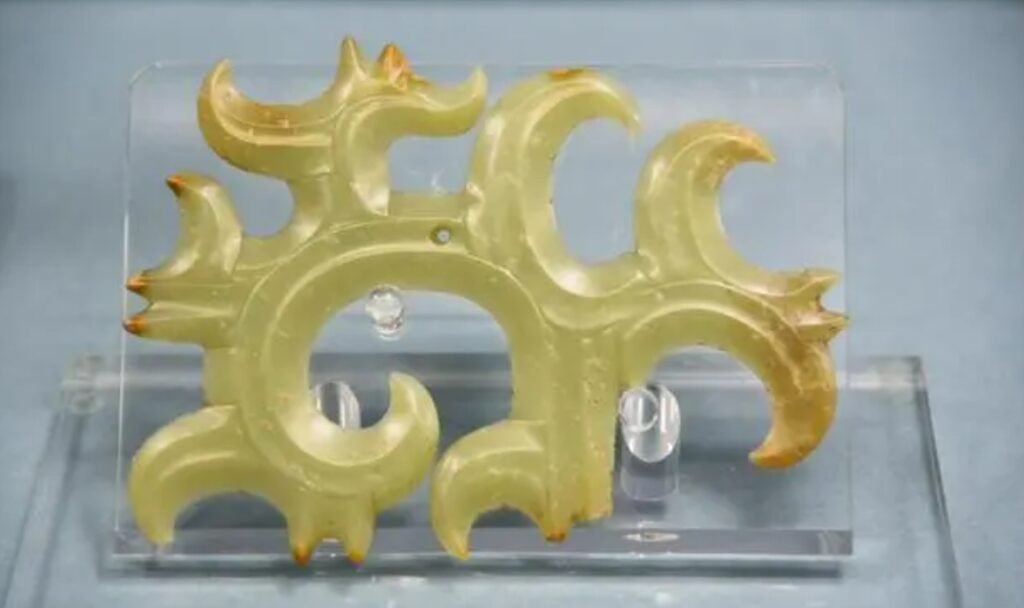
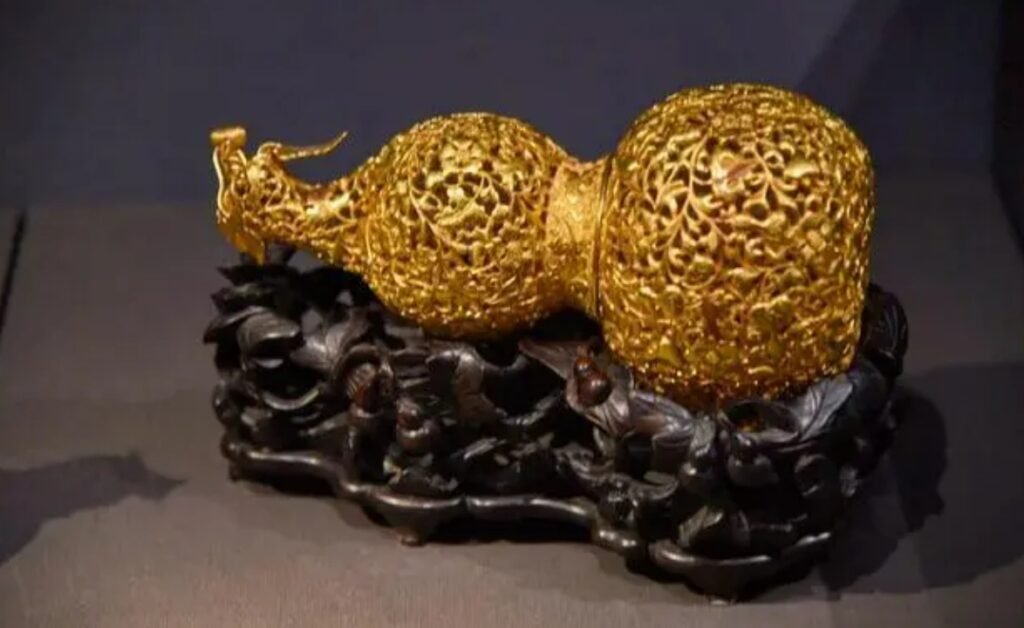

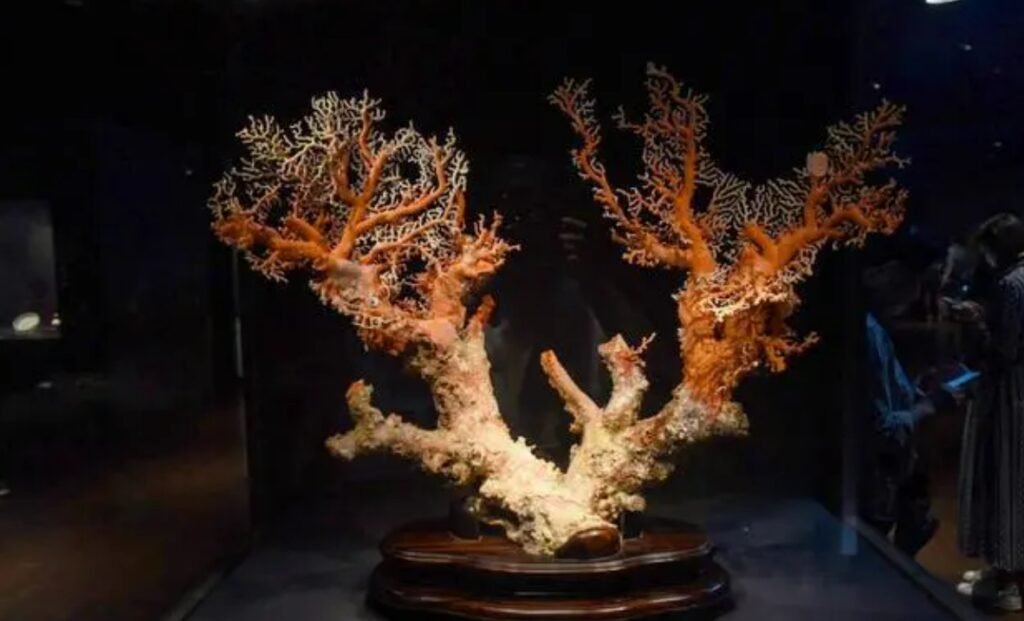
Taipei Night Market
Shilin Night Market is one of the largest and most popular night markets in Taipei. Centered around the Yangming Theater and Cihcheng Temple, it spans bustling streets like Wenlin Road, Dadong Road, and Danan Road. The Shilin Market, established even before 1911, is famous both locally and internationally for its variety of traditional snacks. Visitors from all over flock to the market to try delicacies such as the “Big Pancake Wraps Small Pancake,” Stone Hot Pot, and the legendary Shilin Sausage. These treats have become iconic food landmarks, known to practically everyone!

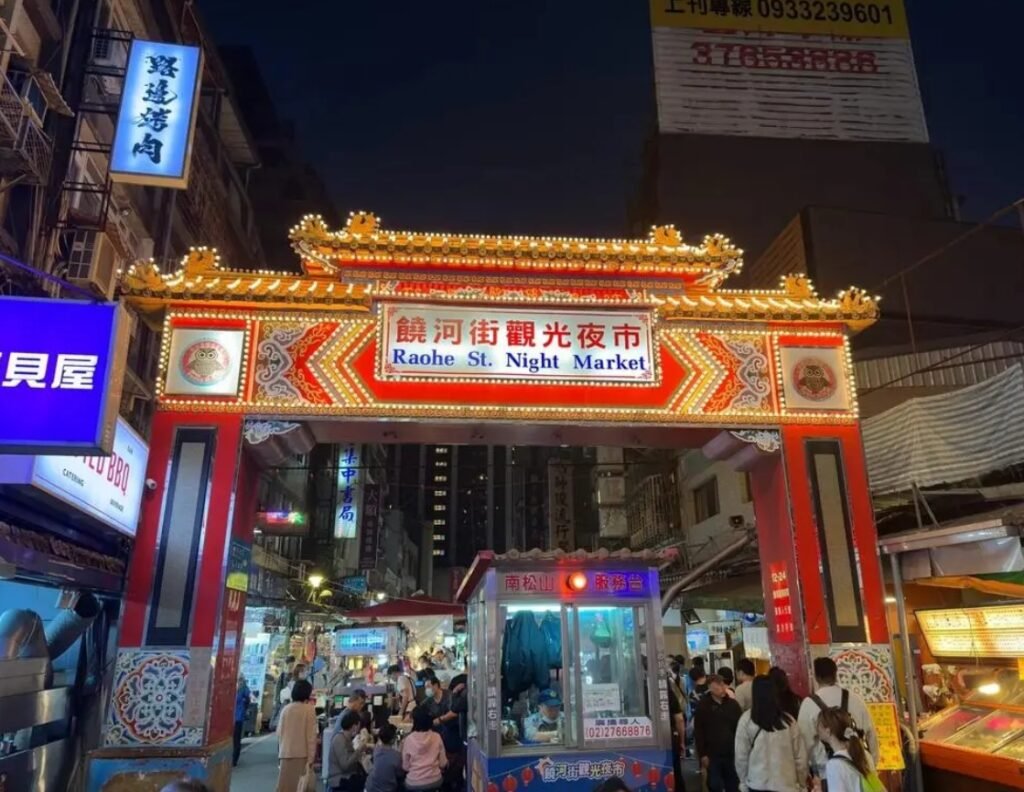
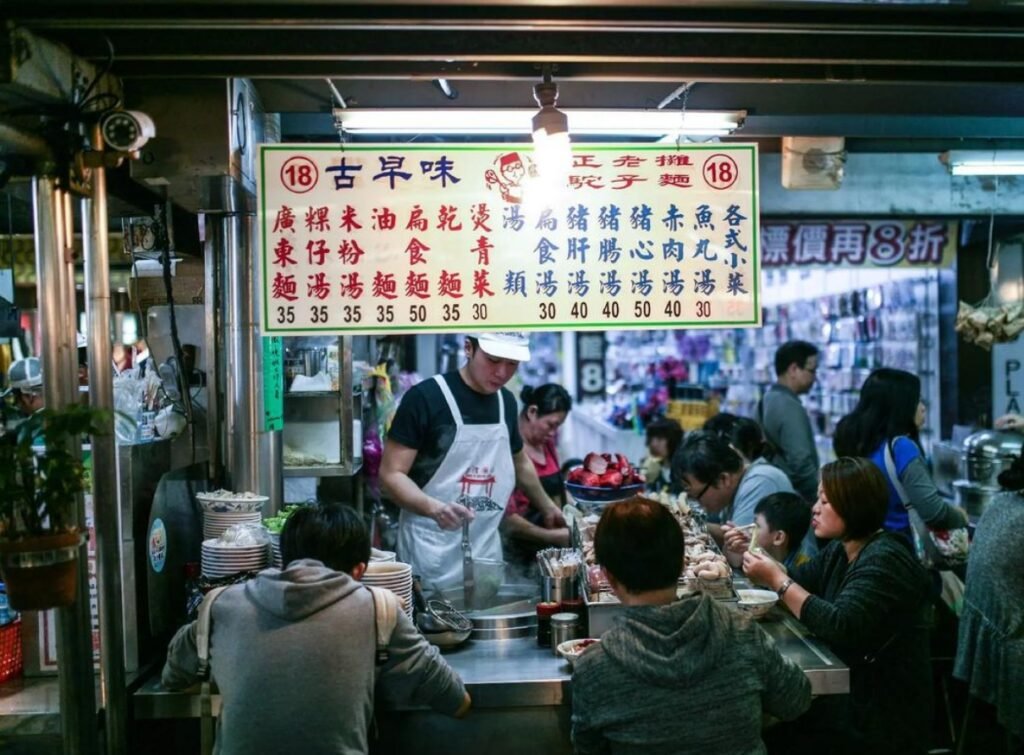
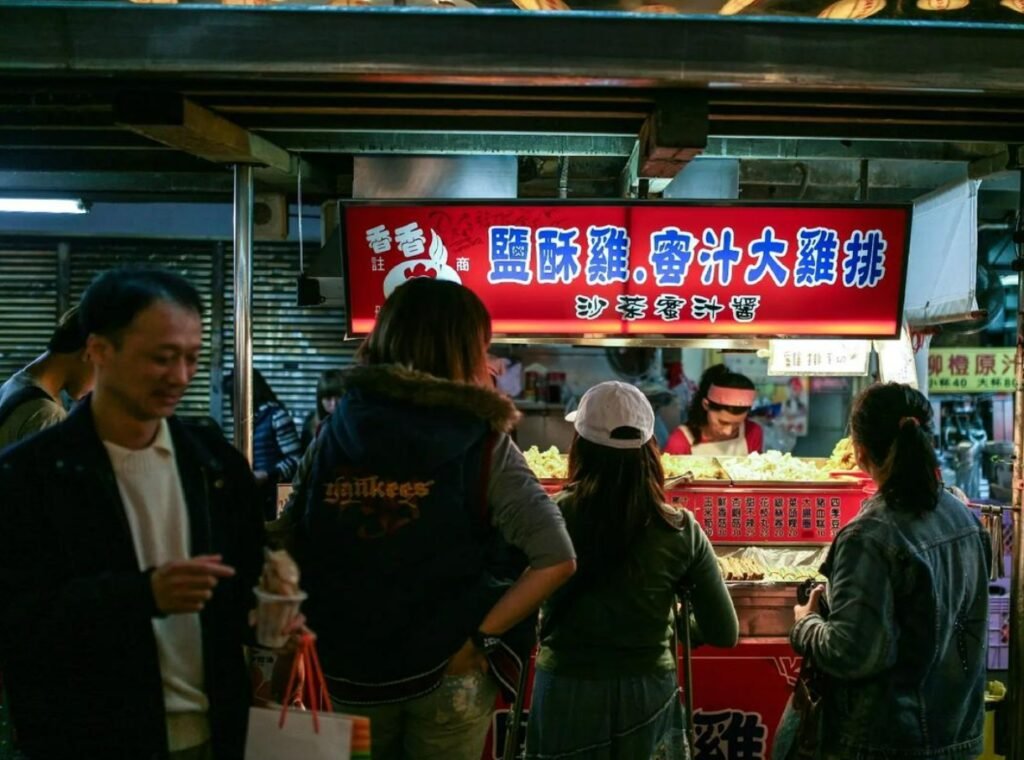
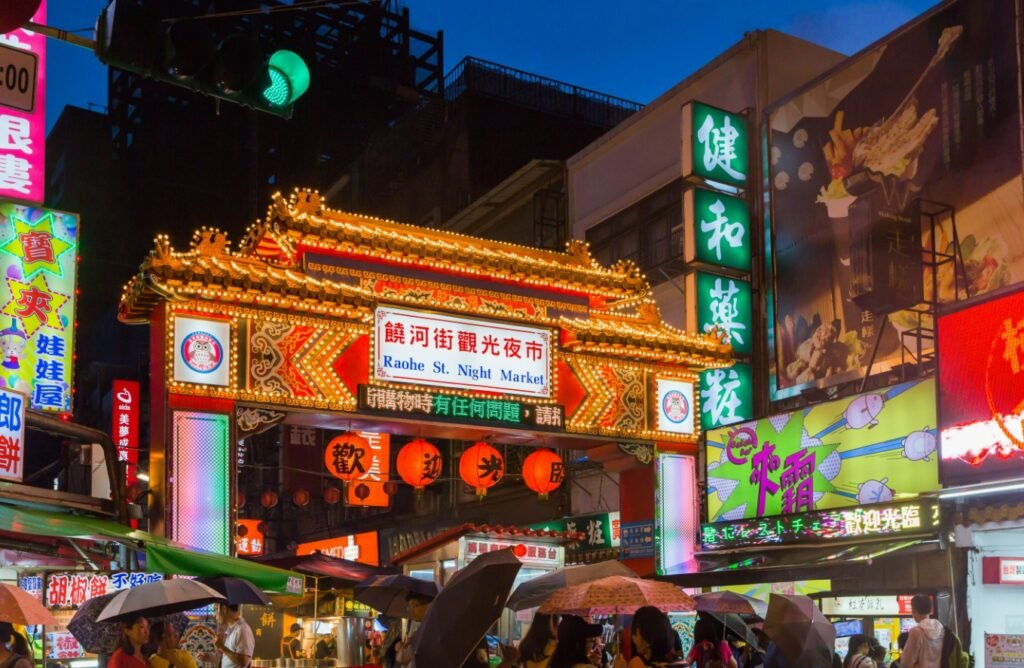
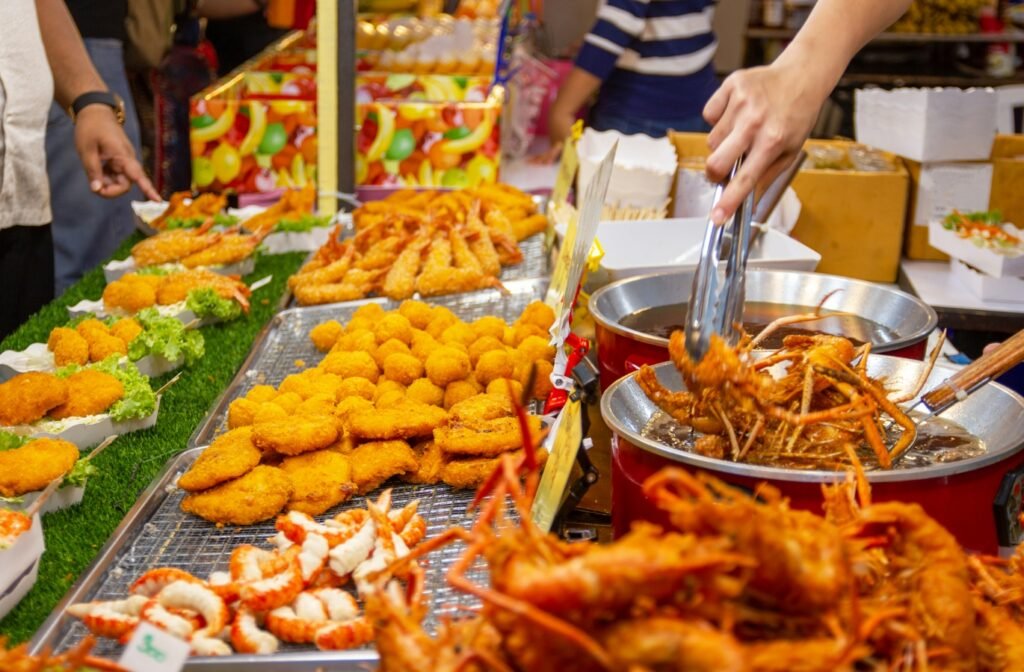
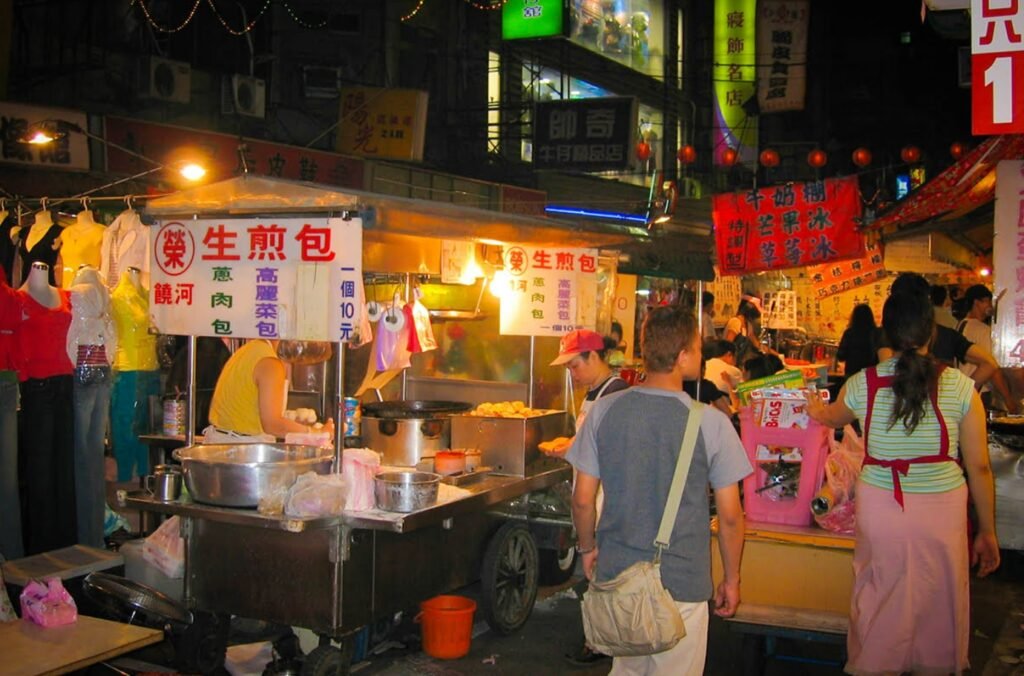
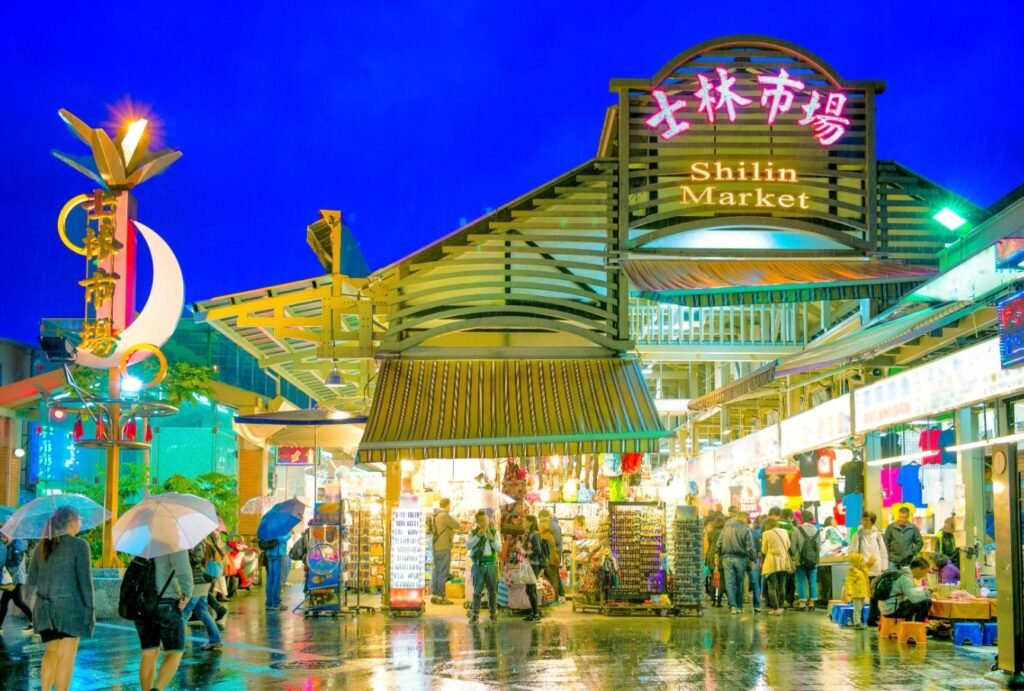
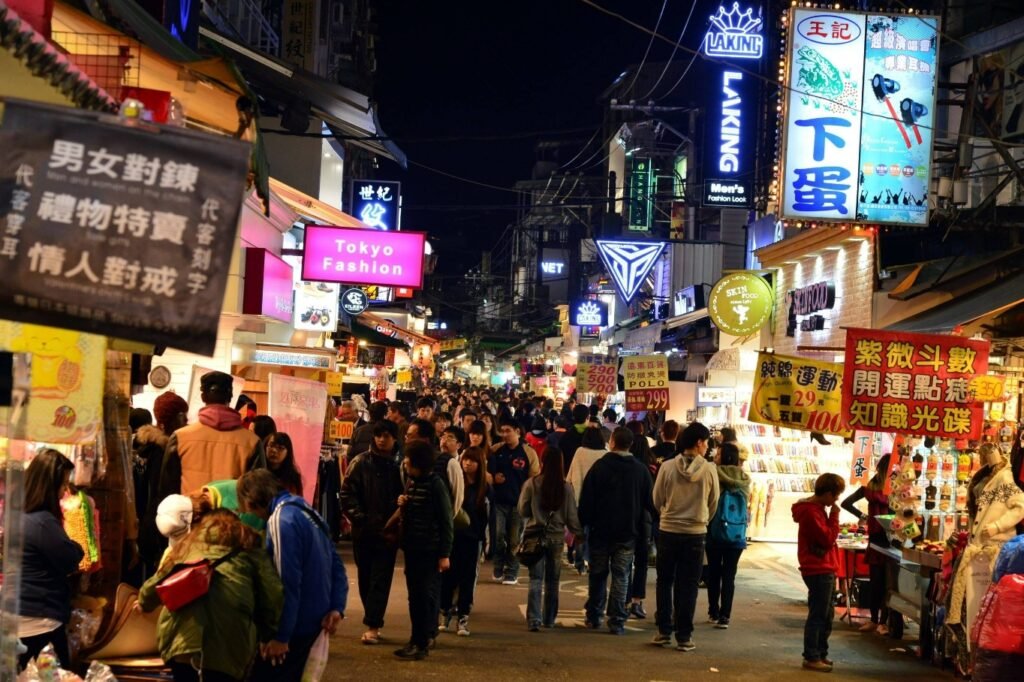
Yangmingshan National Park Hot Springs
Originally called Caoshan (Grass Mountain) due to its abundance of tall grass, Yangmingshan National Park was renamed in honor of the philosopher Wang Yangming. The park features a traditional Chinese garden layout with flowing streams, bridges, pavilions, and rock formations, making it the largest and most scenic suburban park in Taiwan.
Dominated by the Datun Volcano Group, the park boasts unique geological landscapes, including cone-shaped and bell-shaped volcanoes, volcanic craters, and crater lakes. Areas like Xiaoyoukeng, Mt. Qixing, and Dayoukeng are known for their active fumaroles (steam vents), showcasing the region’s volcanic activity. Scattered throughout the park are famous hot springs, including the renowned Maokong Hot Springs, which have long attracted visitors from near and far.
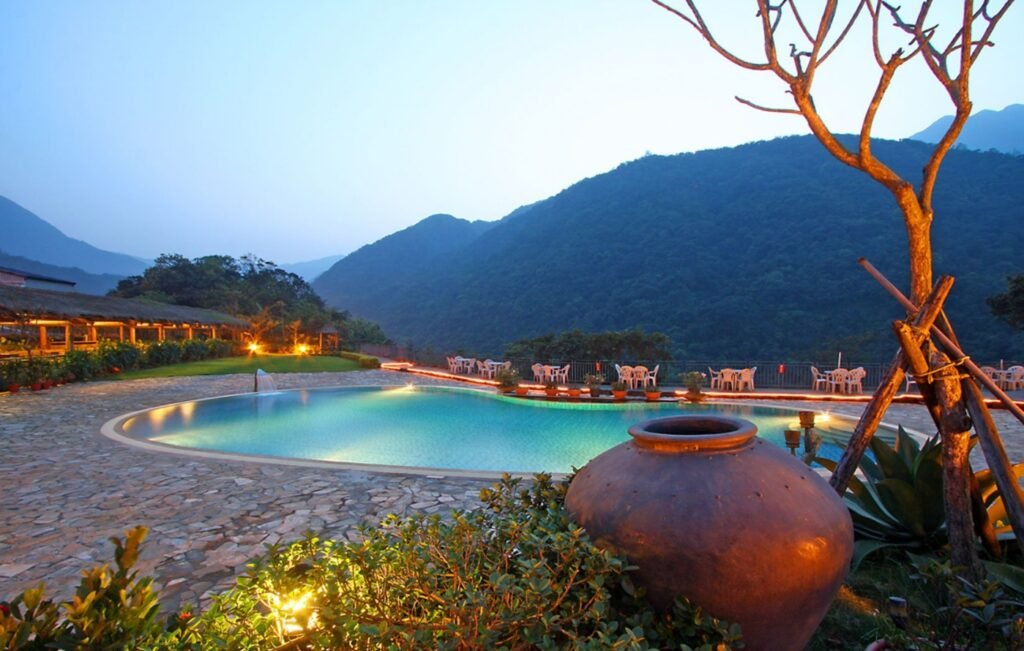
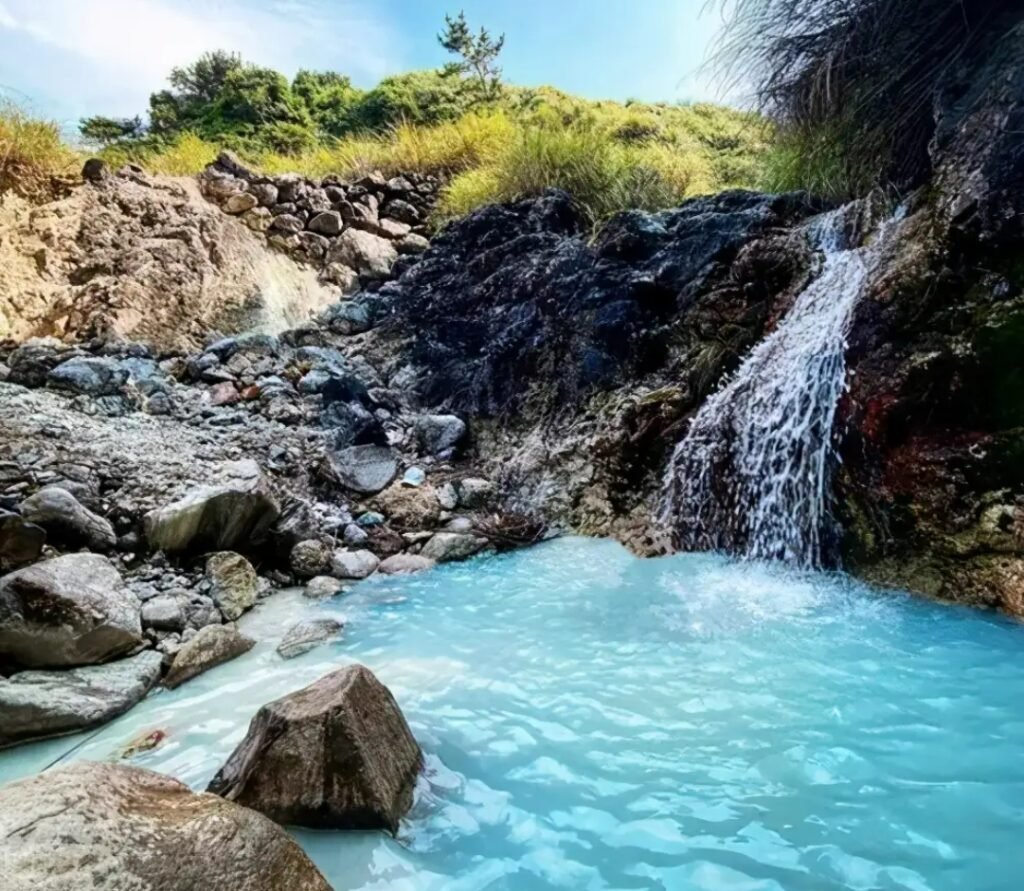
Geography and Regional Division
According to the “Taiwan Regional Comprehensive Development Plan” proposed by the Urban and Housing Development Department of the Executive Yuan, Taiwan is divided into four main regions:
- Northern Region: Also known as “Northern Taiwan,” it includes New Taipei City, Taipei City, Keelung City, Taoyuan City, Hsinchu County, Hsinchu City, and Yilan County.
- Southern Region: Referred to as “Southern Taiwan,” this area includes Chiayi County, Chiayi City, Tainan City, Kaohsiung City, Pingtung County, and Penghu County.
- Central Region: Known as “Central Taiwan,” it comprises Taichung City, Miaoli County, Changhua County, Nantou County, and Yunlin County.
- Eastern Region: Often called “Eastern Taiwan,” this refers mainly to Hualien County and Taitung County, which lie east of the Central Mountain Range. Covering an area of about 8,143.8 square kilometers, this region is also commonly known as the “Hualien-Taitung (Hua-Tung) Area.”
The attractions in this guide are organized based on these four regions, with outlying islands listed in the final section.
Internal Transportation
Take a Sightseeing Train for a Round-the-Island Taiwan Tour
Taiwan’s Tourism Bureau offers a special sightseeing train service composed of lounge cars, snack cars, and new passenger cars. Starting from Taipei, travelers can choose to travel either clockwise or counterclockwise around the island, with the trip taking about 10 hours to complete a full loop, ending in Hualien. Currently, there are themed trains like the Hualien Painted Train, the Hot Springs Princess, and the Kenting Star. The “Luxury Round-the-Island Sightseeing Train” covers all the major tourist spots, with stops at Jiaoxi, Hualien, Taitung, Fangliao, and major cities along Taiwan’s west coast. The train also connects to famous attractions like Alishan, Kenting, and Taroko Gorge, so no matter which direction you go, you won’t miss any of the highlights.
The sightseeing train features special lounge cars with three seats per row that can rotate 360 degrees, allowing passengers to take in the scenery through large panoramic windows. There’s also a karaoke room on board for some fun entertainment. Attendants dressed in beautiful Amis tribe clothing serve tea, drinks, local Taiwanese delicacies, and fresh island fruits, giving passengers a unique and delightful train travel experience.
Accommodation Overview
Taiwan has a well-developed tourism industry, offering a wide range of accommodation options. If you’re planning a round-the-island trip, you can arrange your stay in places like Taipei, Kaohsiung, Taichung, Tainan, Sun Moon Lake, and Alishan based on your itinerary. Accommodation options vary from luxury hotels to family-run guesthouses, youth activity centers, and international youth hostels.
In Taiwan, hotel ratings are based on a system of “plum blossoms,” with more blossoms indicating higher-quality facilities. Beyond luxury hotels, most other accommodation options typically cost around 1,500 New Taiwan Dollars (about $50 USD) per person or less.
If you want to immerse yourself in local culture, it’s recommended to choose a homestay. This allows you to experience the everyday life of the Taiwanese people more closely. Additionally, you can find “Youth Activity Centers” run by the National Youth Commission throughout Taiwan, which can be booked through Taiwan Youth Hostels (YH).

